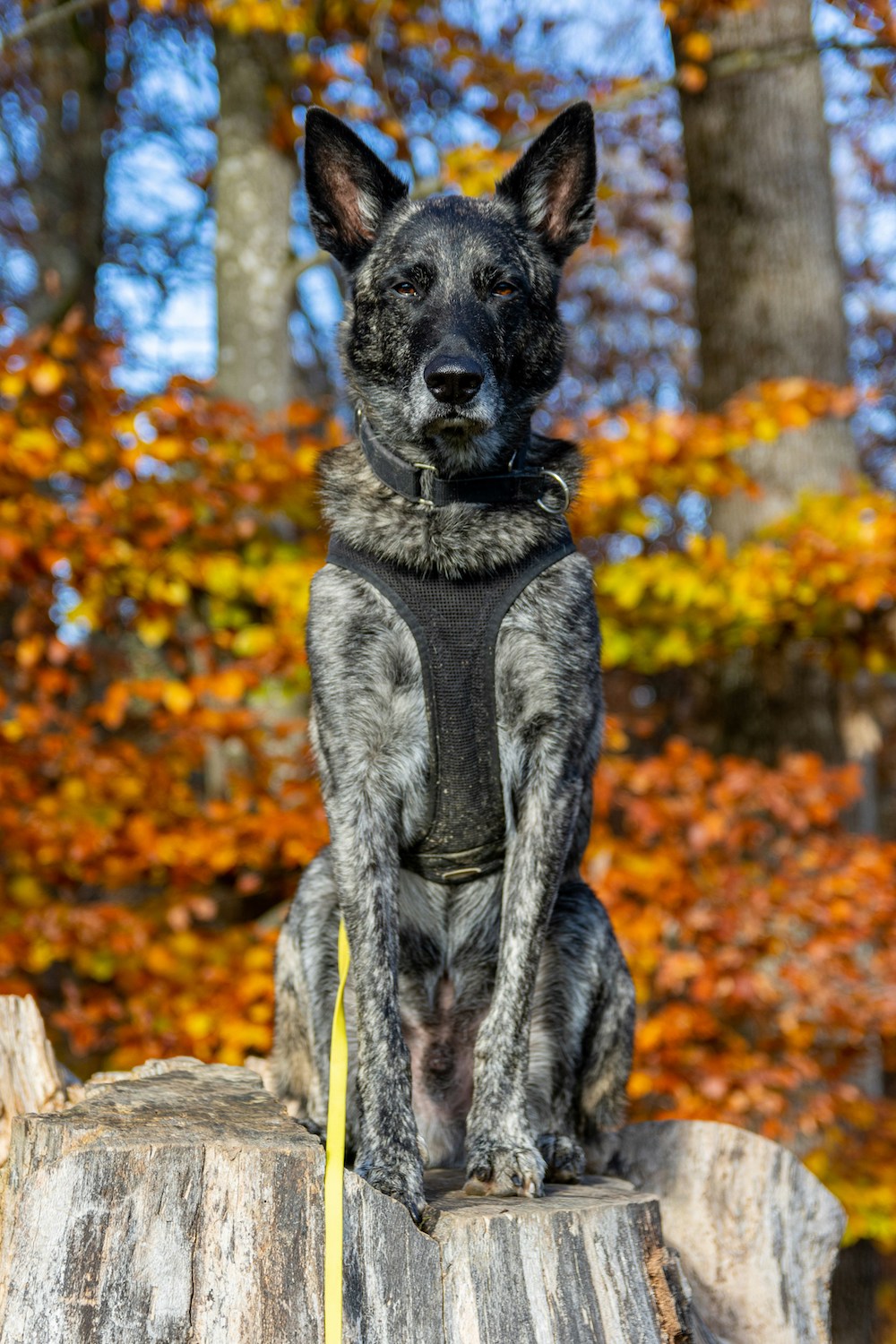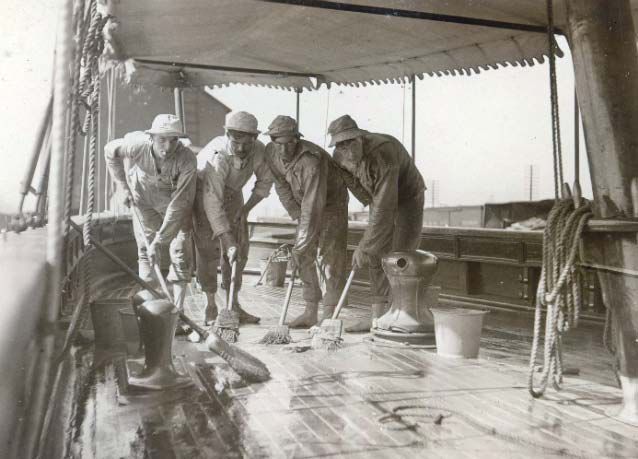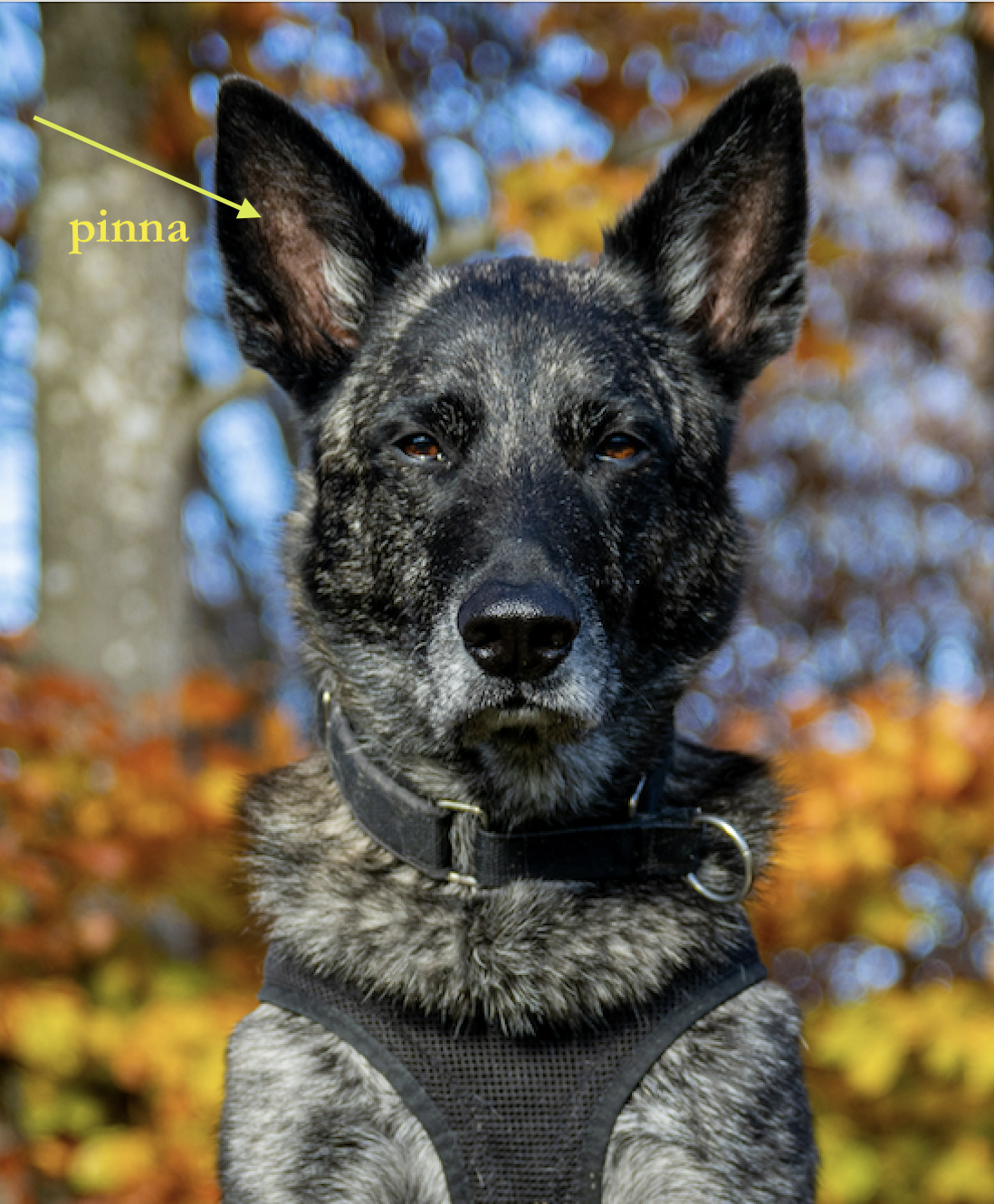
We’ve all seen it in old black and white movies: Barefooted sailors, their pants rolled up, swabbing the deck of their ship which they frequently did, by the way, to work salt water into the wood deck to prevent fungus and rot, and to swell the wood with water to make the ship more airtight.

Photo of sailors swabbing the deck of an unidentified sailboat on one of the Great Lakes around 1900 comes from the Antone S. Zeitler photograph album and is in the public domain
You’ve probably never wondered how a sailor was able to get his pants rolled up so easily when trousers of the day were narrow, so we’re glad you’re wondering now!
Three words: Bell bottom pants.
It was the Secretary of the US Navy who in 1817 issued regulations stating that sailors washing the decks of the ship had to be barefoot with their pants rolled up, though one of the earliest recorded descriptions of the pants came four years earlier when Commodore Stephen Decatur noted that sailors on U.S. frigates were wearing “blue trousers with bell bottoms.” While the U.S. Navy didn’t have a uniform code for enlisted personnel at that point, sailors were already wearing wide bottom trousers because they knew how much easier it would be to roll them up.
But bell bottoms were practical in other ways, as well: The pants could be knotted at the legs to serve as a makeshift life preserver should a sailor fall into the brink, but failing that, the loose fit enabled a sailor to remove his pants quickly in an emergency without having to remove his shoes. Flared legs also provided better mobility in the tight spaces of a ship.
Early on, the pants were simply wide legged, but by the mid 20th century, the classic bell-bottom was a distinctive flare from the knee down, and the style stuck for many years. In 1971, however, the Navy decided to phase out the traditional bell-bottom dungarees worn by enlisted sailors. It was such an unpopular decision that six years later, the chief of naval operations reversed the guideline and reauthorized the traditional uniform for the four lowest enlisted ranks. We don’t exactly know why the Navy phased out bell-bottoms in the late 1990s, but sadly, the last mention of bell-bottoms being part of the official Navy uniform was in 1998 when they were replaced with straight-leg pants.
We thought the topic of bell bottoms might be an interesting segue into the fact that we can all see something frequently but not really know the reason behind it. Bell bottoms, as it turns out, were highly practical for a seafaring man, and so is the flap of our dog’s ear that most of us call its “leather” or ear flap. It’s also known as the “auricle,” but in more technical terms, it’s referred to as the “pinna,” and it tends to be the most frequently injured part of a dog’s external ear. But it serves a purpose!

The pinna helps capture and direct sound waves into the dog’s ear. Funneling sound into the ear canal helps the dog with sound localization and amplification. Needless to say, some breeds have upright, erect pinnae, others have a floppy, pendulous ear, but even in floppy eared dogs, the pinna still collects and funnels sound waves, and, in fact, it’s thought that the larger large surface area of pendulous ears can actually help capture sound waves. You’ve probably noticed that dogs with floppy ears often “prick” their ears to better capture sounds, and it seems to work: Drop eared dogs are just as able to pick up the sound of a rustling bag of chips from two city blocks away as a prick eared dog.
But we digress and get back to the “most frequently injured part of a dog’s external ear” thing.
A pinna is filled with tiny blood vessels, and ear injuries can bleed a lot. If the vessels rupture and bleed under the skin, they can form a fluid-filled pocket, and now you’ve got a hematoma.
Some dogs, especially those floppy eared breeds, can develop a hematoma from just shaking their head vigorously (say, after a bath). If the hematoma ruptures while the dog is shaking his head, he’s apt to spray blood everywhere, and now your room looks like a scene from,“Evil Dead II.” Sometimes in a dog fight, an ear is what’s most available, and sometimes in hunting dogs, a torn ear can occur just from working in bramble or scraping past a wire fence.
It happens.
Images of Dutch Shepherd by Noel Wangler
